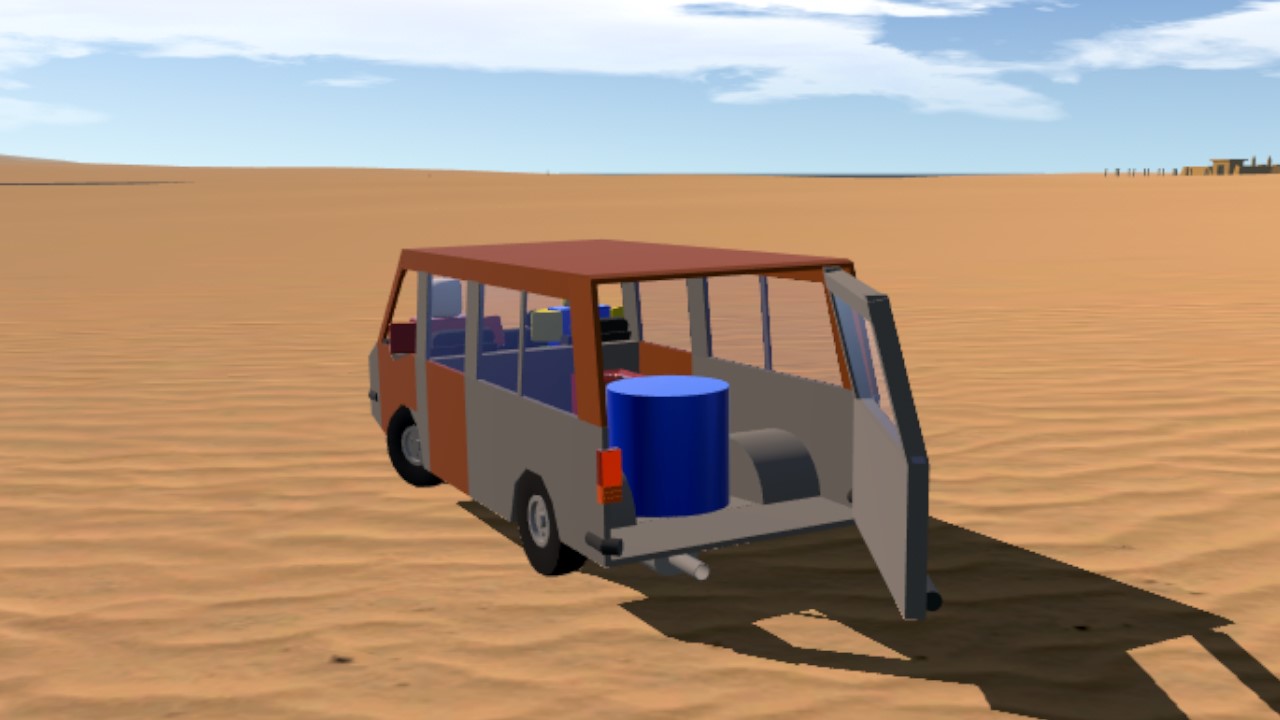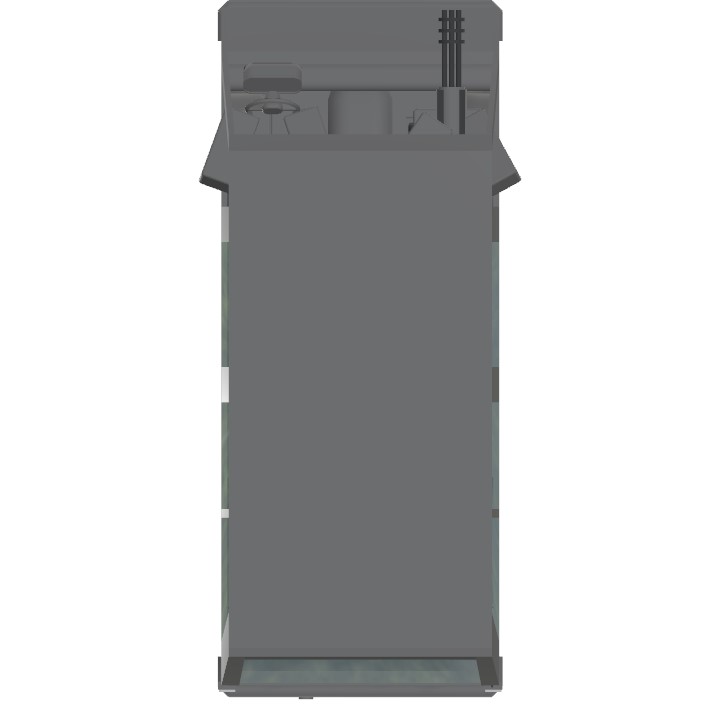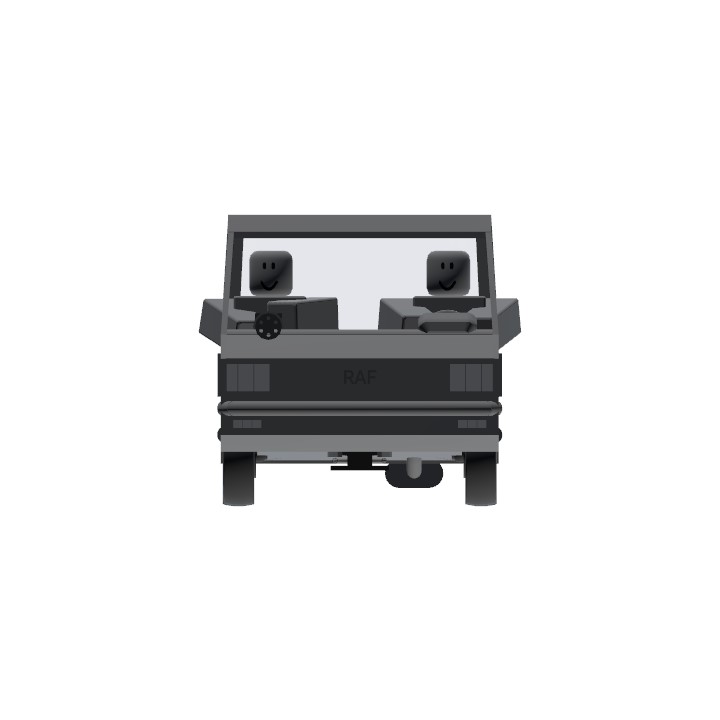The real name of the van is RAF-2203 or Latvija
ABOUT RAF LATVIJA
The RAF-2203 Latvija (nickname Rafik) was a cabover van designed and developed by Rigas Autobusu Fabrika from 1976 to 1997. They were widely used throughout the USSR as fixed-run taxis (marshrutkas), medical cars, used for trade and as a special services vehicles. It was the successor of the RAF-977.
This van used the 2,445 cc (149.2 cu in) engine of the GAZ-24, between the front seats, making its construction similar to other competing vans such as the Dodge A100 and the Volkswagen LT, with independent front suspension also from the GAZ-24 (but springs from the GAZ-13).[1] It borrowed headlights and brake system parts from the Moskvitch 412, outside door handles from the Moskvitch 408,[2] and 15 in (38 cm) wheels of the GAZ-21 Volga.[3] The single rear door hinged at the top,[4] rather than the more-usual side-opening. There were two major models: one, the 2203, seated ten plus driver and passenger, powered by a 95 hp (71 kW; 96 PS) 2,445 cc (149.2 cu in) with 8.2:1 compression; the other, the 22032, a twelve-seat "route taxi", had longitudinal seats and lower 6.7:1 compression (to use more readily available 76 octane petrol), and produced only 85 hp (63 kW; 86 PS).[5] (The 2203-02 would run on liquified propane).[6] An ambulance, the 22031, was soon added to the range, and made up fully a third of all 2203s built; there was also a 22035 for blood donor clinics.[7] These were joined by the 22034, for fire departments.[8]
Specifications
Spotlights
- YarisSedan 9 months ago
- PedjoeangPatriot 9 months ago
- LJh1 9 months ago
General Characteristics
- Created On Windows
- Wingspan 9.0ft (2.8m)
- Length 20.2ft (6.2m)
- Height 8.1ft (2.5m)
- Empty Weight 8,249lbs (3,742kg)
- Loaded Weight 9,020lbs (4,091kg)
Performance
- Wing Loading N/A
- Wing Area 0.0ft2 (0.0m2)
- Drag Points 5112
Parts
- Number of Parts 195
- Control Surfaces 0
- Performance Cost 898






grrr
We Defeating 1x1x1x1 with this one😈😈🔥🔥💥🗣️🗣️🗣️
@Zizwan or...
a space motors sedan would be cool too
@DatFiat126Fan19 Maybe tomorrow if I'm not busy 👍
A Dusty Trip Sedan When
Life, is Roblox
@Cereal just tell everyone the real name of the van
Why is the Roblox topic here